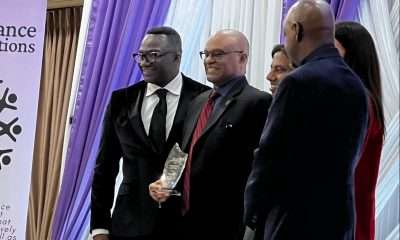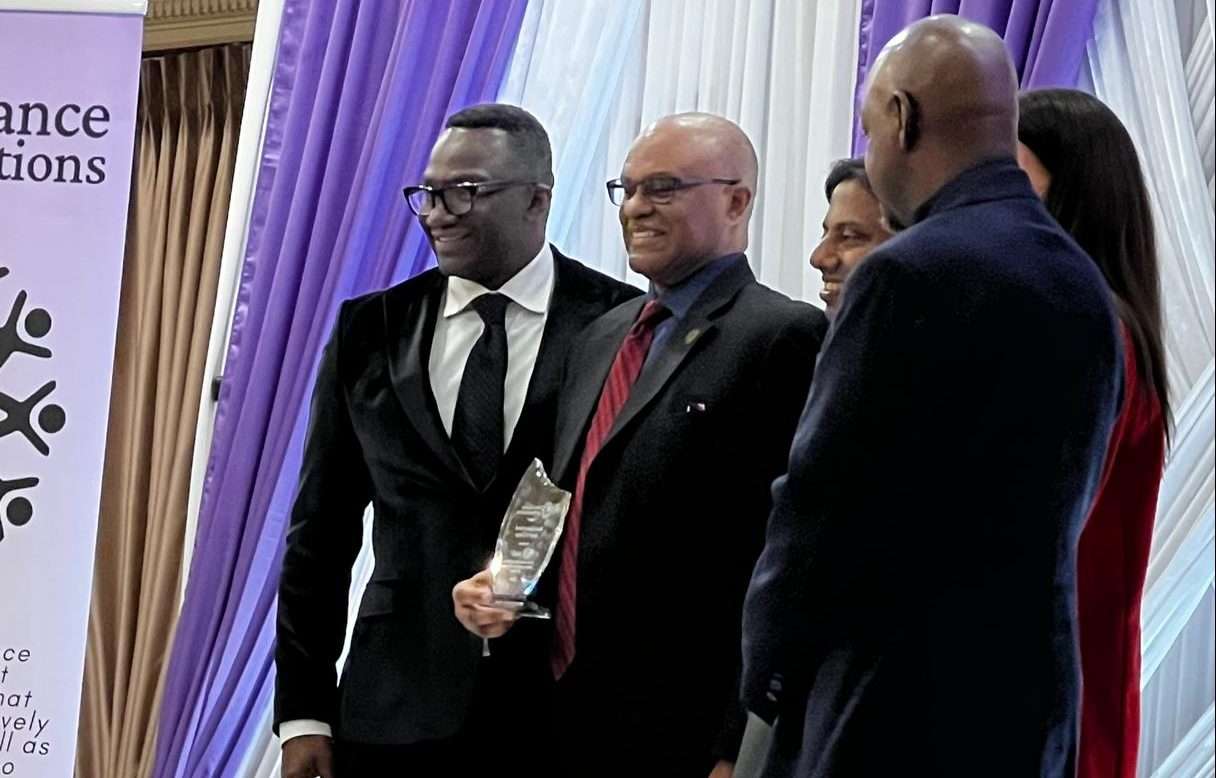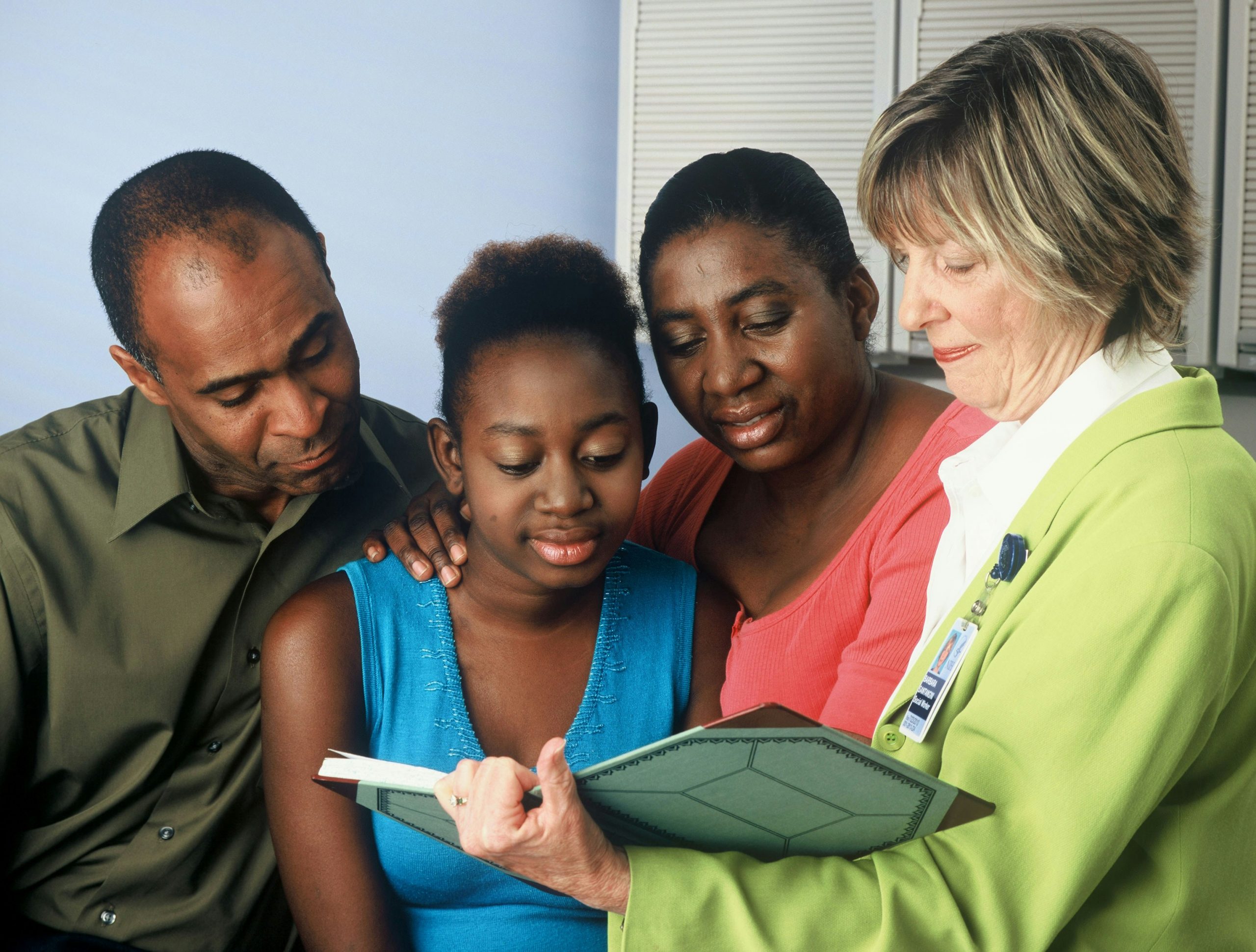BY SIMONE J. SMITH
Headache; dizziness and balance problems; cognitive dysfunction, including memory loss, confusion, and loss of focus; extreme fatigue; anxiety; cough; nose bleeding; and disorders of urinary function and the skin, including spontaneous bruising and skin eruptions.
I can imagine what it must be like reading such adverse symptoms at the start of an article, but I want you to take a moment and think about if recently you have been experiencing any of these symptoms. Really think about it, because what I am about to share with you might give you some answers as to why you might be feeling out of sorts lately.
With the rapid developments in wireless communication technologies, especially mobile phones, and the intensive use of these instruments by people of all ages, scientists are now focusing their attention on the human health effects of the radiofrequency radiation (RFR) emitted by these technologies.
While 2G, 3G, 4G, and 4.5G technologies use radiofrequency waves of 900 MHz, 1800 MHz, and 2100 MHz, the most preferred radiofrequency band for 5G technology, which has begun to be used in many countries in recent years, is 3.5GHz (Dasgupta et al., 2020, Wang et al., 2022).
In an article titled, “Are There Health Hazards Coming From the Rollout of 5G,” they reveal that scientists have reported a lot about hazards from the current 3G and 4G EMFs used for cell phones, smart meters, Wi-Fi and other communication frequencies, but there is almost nothing known about hazards of 5G.
There is increasing evidence that the “microwave syndrome” or “electro-hypersensitivity” (EHS) is a real disease that is caused by exposure to electromagnetic fields. The reported incidence of the syndrome is increasing along with increasing exposure to EMFs from: mobile phones, cordless telephones (especially DECT) smart meters, home area networks, Wi-Fi in homes, high power radio and TV towers, satellites, communication, GPS, and 5G communications, self-driving automobiles. These are all sources of radiation that we encounter every day, and don’t really take the time to think about how this is affecting our bodies.
History of microwave generating equipment
Let’s take a stroll down memory lane and take a look at when the idea of “microwave (syndrome) illness” was first identified.
Microwave generating equipment first became common during World War 2 with the development of radar. Soviet bloc countries reported that individuals exposed to microwaves frequently developed: headaches, fatigue, loss of appetite, sleepiness, difficulty in concentration, poor memory, emotional instability, and labile cardiovascular function, and established stringent exposure standards.
For a variety of reasons these reports were discounted in Western countries, where the prevailing belief was that there could be no adverse health effects of electromagnetic fields (EMFs) However, there were several accidental exposures of radar operators in Western countries that resulted in persistent symptoms similar to those described above.
The Soviets irradiated the US Embassy in Moscow with microwaves during the period 1953-1975, and while no convincing evidence of elevated cancer rates was reported, there were reports of “microwave illness”. Officials passed these complaints off as being due to anxiety, not effects of the microwave exposure.
What research is telling us about electromagnetic fields and radio frequency radiation
With 5G, which has started to be used in some countries without the necessary precautions being taken, the amount of RFR to which living things are exposed will increase. According to a case study, published in Annals of Clinical and Medical Case Reports, fifth generation (5G) wireless technology is being rolled out worldwide, “Despite no previous research on possible negative effects on human health and the environment.”
Researchers at the Environment and Cancer Research Foundation in Sweden reported that after a 5G base station was installed within 60 meters of her second-floor apartment, a middle-aged, otherwise healthy, Swedish woman developed debilitating symptoms corresponding with radiofrequency/microwave syndrome.
The 5G antenna was installed on the roof of a three-floor adjacent building and projected toward her apartment on the second floor. There was previously a 4G base station antenna at the same spot, but it was only after it was replaced by the 5G antenna that the woman quickly developed severe symptoms of microwave syndrome. The 4G antenna was removed shortly after the 5G deployment.
The woman reported that when she relocated to another apartment not near a 5G base station, her symptoms all quickly resolved, only to return within 24 hours of her return to her own apartment.
This was the third such case documented by the researchers.
Studies on possible health effects from exposure to 5G frequencies were all but nonexistent until recently. In a study published in October 2022, animals were exposed to the 5G frequency of 3.5 GHz for two hours a day, five days a week, for one month. The exposure caused oxidative stress and an increase of degenerated neurons in the hippocampus region of the brain, in addition to decreased irisin levels, a hormone positively correlated with weight loss and healthy cognitive function.
I want to provide enough information that will allow you to do your own research; here is another study, “Radiation from wireless technology affects the blood, the heart, and the autonomic nervous system” that goes into how exposure to electrosmog generated by electric, electronic, and wireless technology is accelerating to the point that a portion of the population is experiencing adverse reactions when they are exposed.
The study goes on to explain that the symptoms of electrohypersensitivity (EHS), best described as rapid aging syndrome, experienced by adults and children resemble symptoms experienced by radar operators in the 1940s to the 1960s and are well described in the literature.
An increasingly common response includes clumping (rouleau formation) of the red blood cells, heart palpitations, and pain or pressure in the chest accompanied by anxiety. Those who experience prolonged and severe EHS may develop psychological problems as a consequence of their inability to work, their limited ability to travel in our highly technological environment, and the social stigma that their symptoms are imagined rather than real.
The American Cancer Society has also spoken to the effects of EHS and RF. “At this time, there’s no strong evidence that exposure to RF waves from cell phone towers causes any noticeable health effects. However, this does not mean that the RF waves from cell phone towers have been proven to be absolutely safe. Most expert organizations agree that more research is needed to help clarify this, especially for any possible long-term effects.”
Interestingly, even though this has been documented, we are still seeing 5G towers pop up relatively overnight.
In 2019, 258 electromagnetic field (EMF) scientists from 58 countries appealed to the United Nations to impose a moratorium on the rollout of 5G until health effects could be properly assessed.
“Wireless communication technologies are rapidly becoming an integral part of every economic sector, but there is a rapidly growing body of scientific evidence of harm to people, plants, animals, and microbes caused by exposure to these technologies.
It is our opinion that adverse health consequences of chronic and involuntary exposure of people to non-ionizing EMF sources are being ignored by national and international health organizations despite our repeated inquiries as well as inquiries made by many other concerned scientists, medical doctors, and advocates.”
“This constitutes a clear violation of human rights, as defined by the United Nations.”
Again, you will not see articles, or news stories like this on mainstream media, and if you do see it, the story is quickly reviewed, and then passed over. It is our duty as servants of the people to give you the information, the tools needed to take care of yourself, your family, and your community.
USE YOUR WORDS! If you are uncomfortable with the information that we just presented to you, and you are concerned about your health, write to your local MP’s. Make some noise for issues that matter to you, and of course, reach out to us with your thoughts.
REFERENCES:
Effects of 3.5 GHz radiofrequency radiation on ghrelin, nesfatin-1, and irisin level in diabetic and healthy brains
https://www.sciencedirect.com/science/article/abs/pii/S0891061822000989
The microwave syndrome or electro-hypersensitivity: historical background
https://pubmed.ncbi.nlm.nih.gov/26556835/
Cell Phone Towers
https://www.cancer.org/cancer/risk-prevention/radiation-exposure/cellular-phone-towers.html
Case Report: A 52-Year Healthy Woman Developed Severe Microwave Syndrome Shortly After Installation of a 5G Base Station Close to Her Apartment
https://www.acmcasereport.com/pdf/ACMCR-v10-1926.pdf
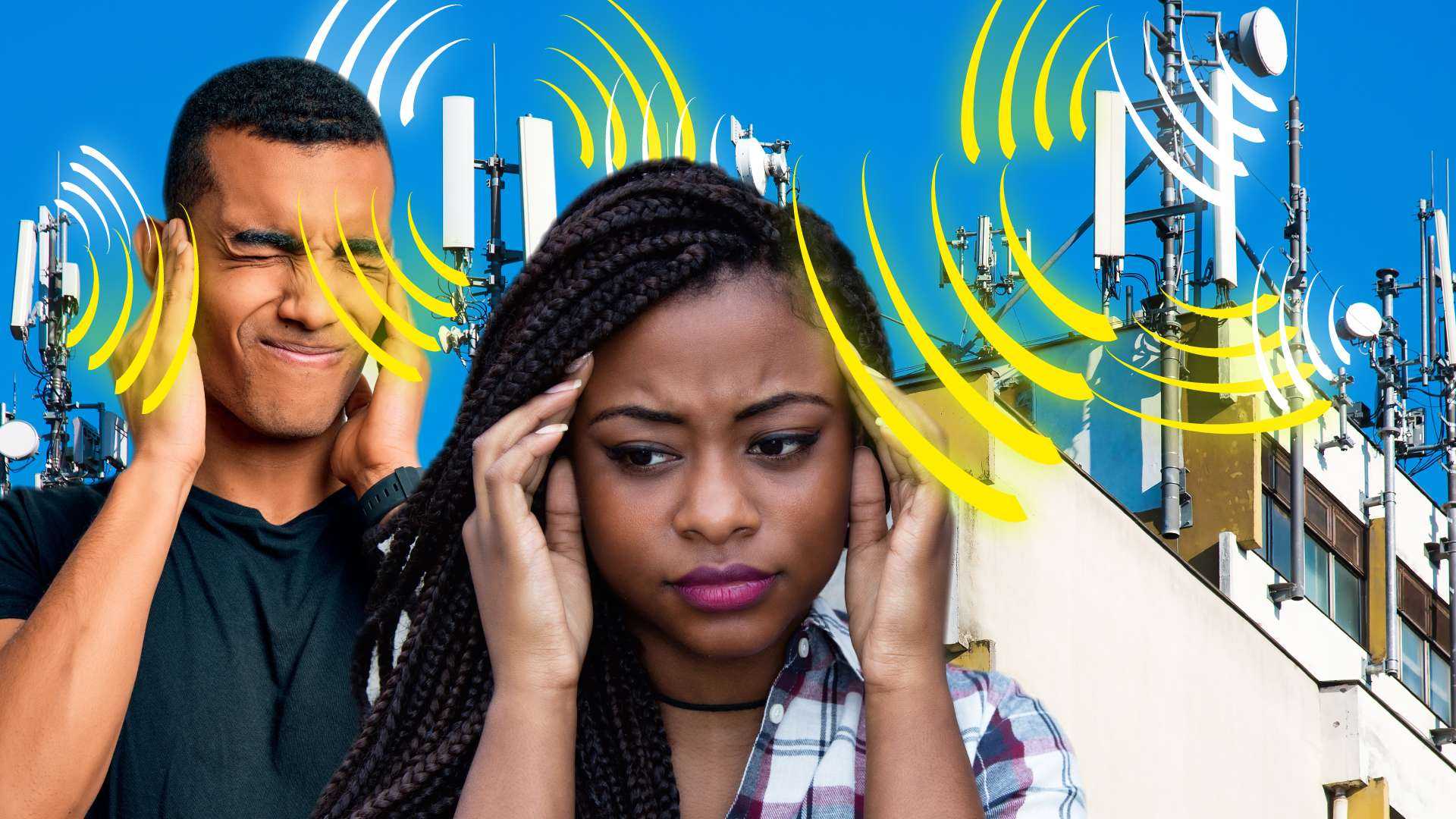

 Community News5 days ago
Community News5 days ago
 Community News5 days ago
Community News5 days ago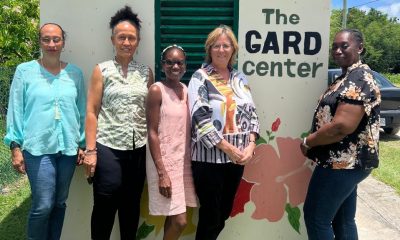
 Community News5 days ago
Community News5 days ago
 Community News2 weeks ago
Community News2 weeks ago
 Community News2 weeks ago
Community News2 weeks ago
 Community News5 days ago
Community News5 days ago
 Community News5 days ago
Community News5 days ago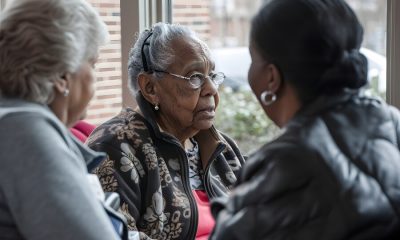
 Community News5 days ago
Community News5 days ago


